Home>Furniture>Living Room Furniture>What Are The Most Healthy Meditation Cushions
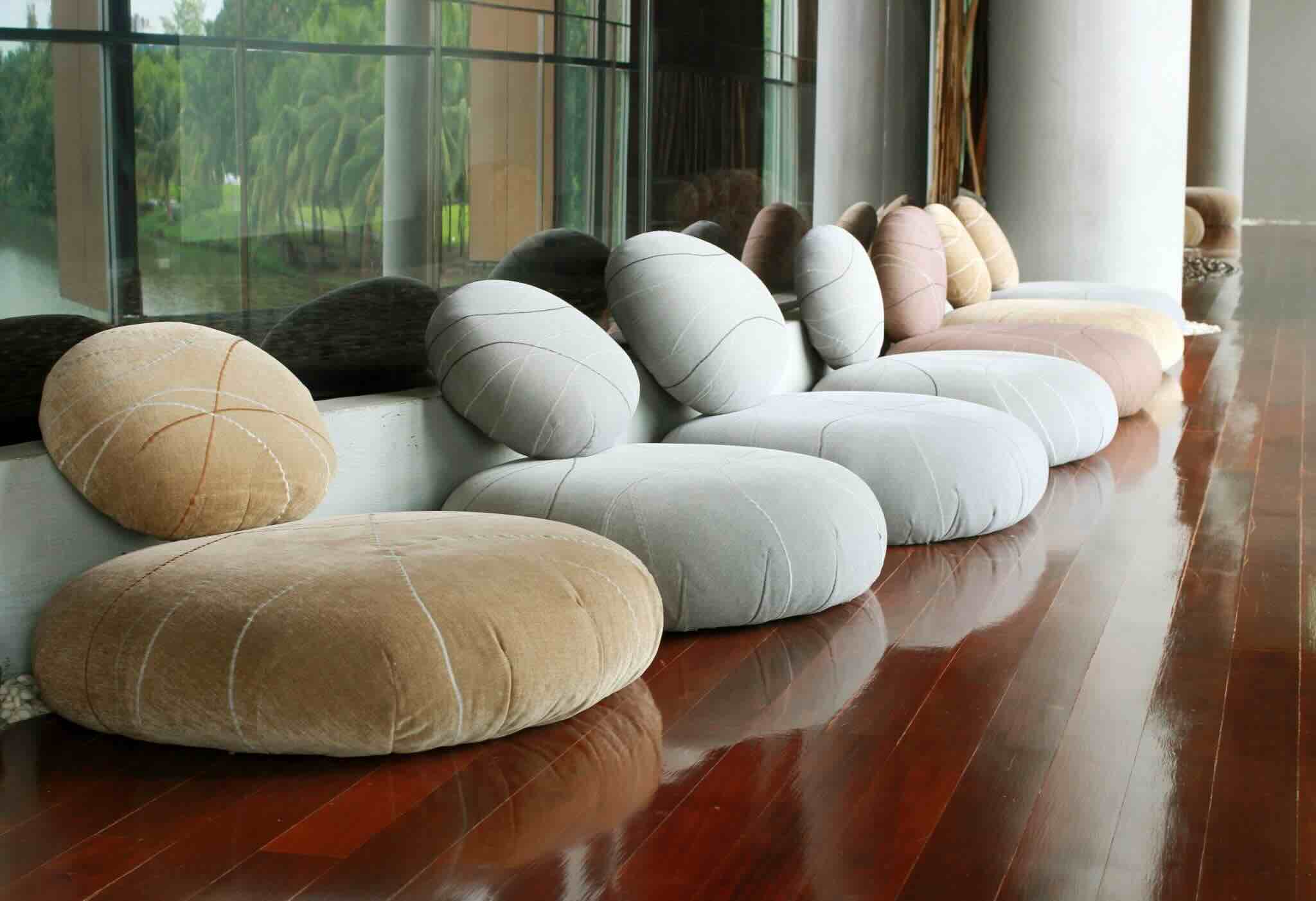

Living Room Furniture
What Are The Most Healthy Meditation Cushions
Modified: March 16, 2024
Discover the most healthy meditation cushions for your living room furniture. Find the perfect support and comfort for your meditation practice.
(Many of the links in this article redirect to a specific reviewed product. Your purchase of these products through affiliate links helps to generate commission for Storables.com, at no extra cost. Learn more)
Introduction
Meditation is a powerful practice that has been used for centuries to promote relaxation, reduce stress, and enhance overall well-being. Whether you are a seasoned meditator or just starting out, having the right meditation cushion can greatly enhance your practice. A meditation cushion provides support and comfort, ensuring a proper posture and allowing you to fully immerse yourself in the meditation experience.
Choosing the right meditation cushion can be a daunting task, as there are many options available in the market. Each type of cushion offers a unique combination of features and benefits, catering to different body types, preferences, and meditation styles. In this article, we will explore the various types of meditation cushions and provide insights on how to select the most suitable one for your needs.
When choosing a meditation cushion, it is important to consider factors such as comfort, support, durability, and portability. Additionally, it is essential to find a cushion that promotes proper alignment and posture, as this is crucial for a successful meditation practice.
In the following sections, we will delve into the different types of meditation cushions available and discuss their specific features and benefits. Whether you prefer a traditional zafu cushion or a modern memory foam cushion, there is a perfect meditation cushion out there for you.
It is worth noting that investing in a high-quality meditation cushion is not only beneficial for your practice but also contributes to your overall health and well-being. By providing the necessary support and comfort, a suitable meditation cushion can prevent strain on your back, hips, and knees, allowing for extended and more enjoyable meditation sessions.
So, let’s dive into the world of meditation cushions and discover the options that can take your meditation practice to the next level.
Key Takeaways:
- Choosing the right meditation cushion is essential for a comfortable and supportive meditation practice. Consider factors like comfort, support, body type, and materials to find the perfect cushion that enhances your meditation experience.
- Maintaining and caring for your meditation cushion is crucial for its longevity and effectiveness. Regular cleaning, proper drying, fluffing, and storage practices can help preserve the condition of your cushion and ensure it continues to provide optimal support and comfort.
Read more: How To Meditate With Candles
Importance of Meditation Cushions
Meditation cushions play a crucial role in supporting and enhancing the practice of meditation. Here are some key reasons why meditation cushions are important:
- Comfort: One of the primary advantages of using a meditation cushion is the enhanced comfort it provides. Sitting on a cushion helps alleviate pressure on the joints and provides cushioning for the body, making it easier to maintain a seated position for an extended period.
- Posture Support: Maintaining a proper posture is essential during meditation as it promotes deep breathing and allows energy to flow freely through the body. A cushion helps in maintaining an upright spine, reducing strain on the back and neck, and preventing slouching or hunching.
- Stability: By providing a stable and solid base, a meditation cushion helps to create a foundation for the body. This stability is crucial for maintaining balance and focus during your meditation practice, allowing you to stay grounded and centered.
- Alignment: A well-designed meditation cushion helps align the body in a way that minimizes discomfort and maximizes mindfulness. It supports the natural curves of the spine and promotes a balanced, symmetrical posture, which contributes to a deeper and more effective meditation experience.
- Flexibility: Meditation cushions come in various shapes and sizes, catering to different body types and flexibility levels. They provide options for cross-legged, half-lotus, or full-lotus meditation positions, accommodating the unique needs of each individual practitioner.
- Portable: Many meditation cushions are lightweight and easily portable, allowing you to take your practice wherever you go. Whether you attend meditation classes or prefer practicing outdoors, having a cushion that can be easily carried adds convenience and flexibility to your routine.
Overall, meditation cushions are indispensable tools for creating a comfortable and conducive meditation environment. They offer support, stability, and alignment, enabling practitioners to fully immerse themselves in the meditation practice and experience its numerous benefits.
Factors to Consider When Choosing Meditation Cushions
When it comes to choosing a meditation cushion, there are several important factors to consider. These factors will help you find the cushion that best suits your body, meditation style, and personal preferences. Let’s explore these factors in detail:
- Comfort: Comfort is of utmost importance during meditation. Look for a cushion that provides enough padding and support to ensure a comfortable sitting experience. Consider the firmness of the cushion as well, as some individuals prefer a softer cushion, while others prefer a more firm surface.
- Size and Shape: Meditation cushions come in various sizes and shapes. Consider your body type and flexibility when choosing the size and shape of the cushion. Traditional round cushions, like zafus, are ideal for most practitioners. However, if you require extra support for your knees or ankles, consider a larger cushion or a multi-level cushion that provides additional height.
- Material: The material of the cushion can greatly impact your meditation experience. Look for cushions made from high-quality, durable materials. Common cushion materials include cotton, linen, buckwheat hulls, kapok, and memory foam. Each material offers different levels of support, breathability, and maintenance requirements.
- Portability: If you plan on traveling with your cushion or attending meditation classes, portability is a crucial factor to consider. Look for cushions that are lightweight, compact, and easy to carry. Some cushions even come with a handle or strap for convenient transportation.
- Height Adjustability: The height of the cushion is important for achieving proper alignment and posture during meditation. Look for cushions that offer height adjustability, allowing you to customize the cushion’s height to suit your body and meditation posture.
- Ease of Maintenance: Consider the maintenance requirements of the cushion. Look for cushions with removable and washable covers, as they are easier to keep clean and fresh. Additionally, cushions with durable materials that can withstand regular use and cleaning are a great choice for longevity.
- Budget: Set a budget for your meditation cushion purchase. While it’s important to invest in a high-quality cushion that meets your needs, there are options available at various price points. Consider your budget and find a cushion that offers the best combination of features, quality, and affordability.
By considering these factors, you can narrow down your choices and find the perfect meditation cushion that enhances your practice and supports your meditation journey.
Types of Meditation Cushions
Meditation cushions come in various types, each offering unique features and benefits. Understanding the different types of meditation cushions can help you choose the one that suits your needs and preferences. Let’s explore the most common types:
- Zafu Cushions: Zafu cushions are traditional round cushions that provide elevation and support during meditation. They are typically filled with natural materials like buckwheat hulls or kapok, which conform to the body’s shape and provide a comfortable sitting surface. Zafu cushions promote proper alignment and help reduce strain on the hips, knees, and back. They are versatile and suitable for practitioners of all levels.
- Zabuton Cushions: Zabuton cushions are rectangular cushions that are placed underneath the zafu cushion or used independently. These cushions provide additional support and cushioning for the knees, ankles, and shins. Zabuton cushions are often filled with cotton or other soft materials to create a plush and comfortable base for sitting meditation.
- Buckwheat Hull Cushions: Buckwheat hull cushions have gained popularity due to their ability to mold and conform to the body’s shape. Filled with the hulls of buckwheat seeds, these cushions provide excellent support and breathability. They can be adjusted by adding or removing hulls to achieve the desired firmness and height. Buckwheat hull cushions are ideal for individuals who appreciate a firm and stable support system.
- Kapok Cushions: Kapok cushions are filled with the natural fibers of the kapok tree. They are known for their lightness, softness, and ability to retain their shape over time. Kapok cushions offer a comfortable seating surface and provide moderate support. They are suitable for individuals who prefer a cushion with a softer feel.
- Memory Foam Cushions: Memory foam cushions are made from a high-density foam that molds itself to the shape of the body. This type of cushion offers excellent support and comfort, as it contours to the unique curves and contours of the individual. Memory foam cushions are known for their durability and long-lasting resilience.
- Combination Cushions: Some cushions combine various materials to provide a personalized sitting experience. These combination cushions may feature a layer of memory foam or a combination of buckwheat hulls and kapok. They aim to provide the benefits of multiple cushion styles, allowing for customized support and comfort.
It’s important to try out different cushion types to find the one that feels most comfortable and supportive for your body. Consider your specific needs and preferences, such as firmness, height, and material, when selecting the right meditation cushion for your practice.
Zafu Cushions
Zafu cushions are a popular and traditional choice for meditation practitioners. These round cushions provide comfort, support, and promote proper alignment during meditation. Here is a closer look at the features and benefits of zafu cushions:
Design: Zafu cushions have a classic round shape, resembling a small cushion or pillow. They are designed to elevate the hips and provide a stable base for sitting meditation. The raised height of the zafu cushion helps align the spine and reduce strain on the lower back and knees.
Filling: Zafu cushions are typically filled with natural materials such as buckwheat hulls or kapok. Buckwheat hulls conform to the body’s shape and provide a comfortable and supportive sitting surface. Kapok, on the other hand, offers a softer and more plush feel. Both materials allow for airflow and prevent overheating during prolonged meditation sessions.
Height: Zafu cushions come in different heights to accommodate practitioners of varying flexibility levels and sitting preferences. Some cushions have a fixed height, while others offer adjustability by adding or removing the filling. The height of the zafu cushion plays a crucial role in achieving proper alignment and maintaining a comfortable seated position.
Portability: Zafu cushions are relatively portable and easy to transport. Most cushions are lightweight and compact, making them convenient for practitioners who meditate on the go or attend meditation classes. Some zafu cushions even come with a carrying handle or strap for added convenience.
Versatility: Zafu cushions are versatile and suitable for various meditation styles, including cross-legged, half-lotus, and full-lotus postures. They provide stable support and promote a balanced alignment of the body, allowing practitioners to meditate for extended periods without discomfort.
Customizability: Zafu cushions can be customized to suit individual needs. For example, some cushions have removable and washable covers, allowing for easy cleaning and maintenance. Additionally, zafu cushions with adjustable filling allow practitioners to tailor the firmness and height to their liking.
Zafu cushions are widely loved for their simplicity, functionality, and timeless design. They have been used for centuries in various meditation traditions and continue to be a popular choice for practitioners of all levels. Whether you are a beginner or an experienced meditator, a zafu cushion can provide the comfort and support needed to deepen your meditation practice.
Read more: How To Meditate In Bed
Zabuton Cushions
Zabuton cushions are rectangular cushions that provide additional support and cushioning during meditation. These cushions are typically used in conjunction with zafu cushions to create a comfortable and stable sitting surface. Let’s delve deeper into the features and benefits of zabuton cushions:
Design: Zabuton cushions have a rectangular shape and are placed on the floor to serve as a base for sitting meditation. They are larger and thicker compared to zafu cushions, providing cushioning and support for the knees, ankles, and shins. Zabuton cushions are often used in conjunction with zafu cushions to maximize comfort and stability.
Filling: Zabuton cushions are typically filled with soft materials such as cotton or other plush fillings. The softness of the cushion provides a comfortable base for extended meditation sessions, reducing the pressure and strain on the joints.
Protection: Zabuton cushions act as a protective layer between your body and the floor. They provide insulation and prevent discomfort that may arise from sitting directly on hard surfaces. The extra padding helps cushion the body and reduces the risk of numbness or pain during meditation.
Versatility: Zabuton cushions are versatile and can be used in various meditation postures. They provide a supportive base for cross-legged, kneeling, or sitting positions. Zabuton cushions are especially beneficial for practitioners who experience discomfort or pressure on their knees, ankles, or shins during meditation.
Portability: While zabuton cushions are larger than zafu cushions, they can still be relatively portable. Some zabuton cushions come with a carrying handle or strap, making it easier to transport them to meditation classes, retreats, or outdoor meditation sessions.
Additional Use: Zabuton cushions are not limited to meditation purposes. They can also be used as a comfortable sitting surface for various activities such as reading, watching TV, or practicing mindfulness exercises.
Zabuton cushions are an excellent addition to your meditation practice, providing a comfortable and supportive foundation for your sitting posture. When used in combination with a zafu cushion, zabuton cushions help create an optimal sitting environment that promotes proper alignment and reduces strain on the body. Whether you sit for a few minutes or hours, zabuton cushions can enhance your meditation experience by ensuring comfort and protection for your knees and ankles.
Buckwheat Hull Cushions
Buckwheat hull cushions have gained popularity among meditation practitioners due to their ability to mold and conform to the body’s shape. These cushions offer unique features and benefits that enhance the meditation experience. Let’s explore the characteristics of buckwheat hull cushions:
Filling: Buckwheat hull cushions are filled with the outer shell of the buckwheat seed. The hulls are small, lightweight, and provide a firm yet supportive surface for sitting meditation. This natural filling allows the cushion to conform to the contours of the body, providing a personalized and comfortable sitting experience.
Support: The buckwheat hull filling provides excellent support, helping to maintain proper alignment during meditation. It helps lift the hips and promotes an upright spine, reducing strain on the lower back and creating a stable foundation for meditation practice.
Conformity: The unique property of buckwheat hulls is their ability to mold and shift according to body movements. This allows the cushion to adapt to the natural curves of the body, providing optimal support and comfort. The conforming nature of the cushion helps distribute body weight evenly, reducing pressure points and preventing discomfort during long meditation sessions.
Breathability: Buckwheat hull cushions offer excellent breathability, allowing air to circulate within the cushion. This feature helps regulate temperature and prevents the cushion from becoming hot or uncomfortable during extended meditation sessions. The breathable nature of buckwheat hulls also prevents the cushion from trapping moisture, ensuring a fresh and hygienic sitting surface.
Customizability: One of the advantages of buckwheat hull cushions is the ability to customize the firmness and height of the cushion. The amount of buckwheat hulls in the cushion can be adjusted to achieve the desired level of support and comfort. Practitioners can add or remove hulls according to their preference, allowing for a personalized meditation experience.
Longevity: Buckwheat hull cushions are known for their durability. The hulls retain their shape and resilience over time, maintaining the cushion’s supportive properties for an extended period. With proper care, buckwheat hull cushions can last for many years, making them a reliable choice for long-term meditation practice.
Buckwheat hull cushions offer a unique combination of support, conformity, breathability, and customizability. Their natural filling and ability to conform to the body make them a favorite among practitioners who prefer a firm yet comfortable meditation cushion. By providing optimal support and alignment, buckwheat hull cushions contribute to a more focused and relaxed meditation experience.
When choosing a meditation cushion, look for one that provides proper support and comfort for your body. Consider the material, size, and shape that best suits your meditation practice and physical needs.
Kapok Cushions
Kapok cushions are known for their softness, lightness, and natural properties that make them a comfortable choice for meditation practice. Let’s explore the characteristics and benefits of kapok cushions:
Filling: Kapok cushions are filled with the silky fibers found within the seed pods of the kapok tree. Kapok fibers are lightweight, fluffy, and soft to the touch. They provide a plush and supportive sitting surface that conforms to the body’s shape.
Comfort: Kapok cushions offer a luxurious and comfortable seating experience. The silky fibers create a soft and cushiony texture that gently contours to the body. The natural resilience of kapok allows the cushion to retain its shape and loftiness, providing consistent support during meditation.
Breathability: Kapok fibers are highly breathable, allowing air to circulate within the cushion. This prevents the cushion from becoming hot or retaining moisture, ensuring a comfortable and hygienic sitting surface. The breathability of kapok cushions contributes to a pleasant meditation experience, especially during longer meditation sessions.
Lightweight: Kapok is exceptionally lightweight, making kapok cushions easy to carry and transport. Whether you travel to meditation classes or enjoy outdoor meditation sessions, the lightweight nature of these cushions adds convenience and portability to your practice.
Sustainability: Kapok is a natural and sustainable material. The kapok tree is fast-growing and resilient, requiring little to no pesticides or fertilizers to thrive. Additionally, the harvest of kapok fibers does not harm the tree, as the fibers are collected from the fallen seed pods. Choosing a kapok cushion aligns with eco-conscious values and supports sustainable practices.
Softness: Kapok cushions offer a plush and luxurious feel. The softness of the fibers provides a gentle and comfortable sitting surface, making kapok cushions an ideal choice for individuals who prefer a softer cushioning material.
Kapok cushions are renowned for their comfort, breathability, and softness, providing a cozy and supportive sitting surface for meditation practice. Their lightweight nature and sustainability further add to their appeal. Invest in a kapok cushion to create a nurturing and comfortable space for your meditation practice.
Memory Foam Cushions
Memory foam cushions have gained popularity for their ability to provide superior comfort and support. These cushions are made from a high-density foam that contours to the body, offering a personalized and luxurious seating experience. Let’s explore the features and benefits of memory foam cushions:
Filling: Memory foam cushions are made from viscoelastic polyurethane foam, commonly known as memory foam. The foam is temperature-sensitive and responds to body heat, allowing it to mold and conform to the body’s shape. This provides customized support and pressure relief, making memory foam cushions exceptionally comfortable.
Support: Memory foam cushions offer excellent support by evenly distributing body weight across the surface. The foam compresses under pressure and contours to the body’s curves, helping to maintain proper alignment and reduce pressure points. This support promotes a comfortable and aligned posture during meditation.
Comfort: Memory foam cushions are known for their luxurious and plush feel. The foam’s ability to conform to the body creates a soft and cradling sensation. This makes memory foam cushions a popular choice for individuals seeking maximum comfort during their meditation practice.
Pressure Relief: One of the key benefits of memory foam is its pressure-relieving properties. The foam contours to the body, reducing pressure on sensitive areas such as the hips, tailbone, and thighs. This helps alleviate discomfort and allows for longer and more focused meditation sessions.
Durability: Memory foam cushions are highly durable and resilient. The foam is designed to withstand repeated use and maintain its supportive properties for an extended period. With proper care, a memory foam cushion can last for many years, providing reliable comfort and support for your meditation practice.
Temperature Regulation: Memory foam cushions have the ability to absorb and disperse body heat, promoting a comfortable and balanced temperature during meditation. This feature prevents the cushion from becoming too hot or trapping excessive warmth, ensuring a pleasant and uninterrupted meditation experience.
Adaptability: Memory foam cushions cater to individuals of different shapes and sizes. The foam adapts to the unique contours of each person, providing a customized and supportive seating surface. This adaptability allows for a personalized meditation experience, accommodating varying sitting postures and body types.
Memory foam cushions offer unrivaled comfort, support, and pressure relief. The ability of memory foam to conform to the body’s shape ensures a personalized and luxurious meditation experience. Consider investing in a memory foam cushion to create a supportive and cozy space for your meditation practice.
Read more: What Are Tufted Cushions
Combination Cushions
Combination cushions offer the best of both worlds by incorporating multiple materials and textures to create a versatile and customizable meditation cushion. These cushions combine different fillings and layers to provide a unique sitting experience that caters to individual preferences. Let’s explore the features and benefits of combination cushions:
Customization: Combination cushions allow practitioners to tailor their meditation experience by offering options for firmness, height, and support. They often feature adjustable layers or removable sections that can be added or removed to achieve the desired level of comfort and support. This customization ensures that the cushion can be adapted to fit individual body types and meditation postures.
Comfort and Support: Combination cushions utilize a combination of materials such as memory foam, buckwheat hulls, kapok, and cotton, among others. This combination provides a balance of softness, support, and stability. The different layers work together to contour to the body, distribute weight evenly, relieve pressure points, and promote proper alignment during meditation.
Versatility: Combination cushions are designed with versatility in mind. They can be used for various meditation postures, including cross-legged, half-lotus, and full-lotus. The adjustable nature of these cushions allows practitioners to find their optimal sitting position and explore different meditation styles without discomfort.
Breathability: Combination cushions often incorporate breathable materials like cotton or mesh, allowing for proper airflow and preventing the buildup of heat and moisture. This keeps the cushion fresh and comfortable during extended meditation sessions.
Longevity: Combination cushions are usually made from high-quality materials that are durable and resilient. The different layers are designed to withstand regular use and maintain their supportive properties over time. With proper care, combination cushions can provide long-lasting comfort and support for your meditation practice.
Adaptability: Combination cushions are adaptable to the changing needs of practitioners. As meditation postures and preferences evolve, the cushion can be adjusted by adding or removing layers to provide the desired level of cushioning and support. This adaptability ensures that the cushion remains suitable for various body types and meditation styles.
Combination cushions offer a versatile and personalized approach to meditation seating. By combining different materials and customizing the cushion’s configuration, practitioners can create a supportive and comfortable meditation surface that meets their specific needs. Consider a combination cushion if you desire the ability to fine-tune your meditation experience and explore various sitting positions with ease.
Choosing the Right Meditation Cushion for Your Needs
Choosing the right meditation cushion is essential for creating a comfortable and supportive meditation practice. Here are some factors to consider when selecting the perfect cushion for your needs:
Comfort: Prioritize comfort when choosing a meditation cushion. Look for a cushion that provides enough padding and support to ensure a comfortable sitting experience. Consider your preferences for firmness, softness, and cushioning materials to find the right level of comfort for your body.
Support: A good meditation cushion should provide adequate support for your body posture. Consider the design and filling of the cushion to ensure proper alignment and stability. Look for cushions that lift your hips and promote a natural curve in your spine, reducing strain on your back, hips, and knees.
Body Type and Flexibility: Consider your body type and flexibility when choosing a meditation cushion. Different cushions offer varying heights, shapes, and sizes to accommodate individuals of different body types. If you require additional support for your knees, ankles, or shins, consider a larger cushion or one that has adjustable layers.
Meditation Style: Think about your preferred meditation style and posture. Some cushions are more suitable for cross-legged positions, while others provide better support for kneeling or sitting on a chair. Choose a cushion that complements your meditation style and allows for a comfortable and stable posture.
Material: Consider the material of the cushion. Common cushion materials include cotton, linen, buckwheat hulls, kapok, memory foam, and combination materials. Each material offers different levels of support, breathability, and comfort. Select a material that suits your preferences and aligns with your values, such as sustainability or organic options.
Portability: If you plan on traveling with your cushion or attending meditation classes, portability is essential. Look for cushions that are lightweight, compact, and easy to carry. Consider whether the cushion comes with a handle or strap for convenient transportation.
Budget: Set a budget for your meditation cushion purchase. Cushions come in a range of prices, so consider how much you are willing to spend. Keep in mind that investing in a high-quality cushion can contribute to your long-term comfort and the durability of your meditation practice.
Try Before Buying: Whenever possible, try out different cushions before making a purchase. Visit a local store or attend meditation classes that provide cushions for practitioners to try. This will allow you to assess the comfort, support, and suitability of the cushions for your body and meditation practice.
By considering these factors, you can find the ideal meditation cushion that suits your body, preferences, and meditation style. Remember, the right cushion can enhance your practice by providing the comfort and support needed for deep and immersive meditation sessions.
Maintaining and Caring for Your Meditation Cushion
Proper maintenance and care of your meditation cushion are essential to ensure its longevity and effectiveness. By following these tips, you can keep your cushion in excellent condition for years to come:
Cleaning: Regularly clean your meditation cushion to remove dirt, dust, and sweat. Check the manufacturer’s instructions for specific cleaning recommendations. Most cushions come with removable covers that can be machine-washed or hand-washed. Make sure to use a gentle detergent and follow the care instructions provided.
Air-Drying: After washing, allow your cushion to air-dry thoroughly. Avoid direct sunlight or excess heat, as this can cause the cushion to deteriorate. Ensure that the cushion is completely dry before using or storing it to prevent the growth of mold or mildew.
Spot-Cleaning: For small stains or spills, spot-clean your cushion using a damp cloth and mild soap. Gently blot the affected area without rubbing, as rubbing may spread the stain or damage the cushion’s surface. Allow the cushion to air-dry completely after spot-cleaning.
Fluffing: If your cushion has a filling such as buckwheat hulls or kapok, periodically fluff the cushion to distribute the filling evenly. This helps maintain the cushion’s shape and support. Simply knead or massage the cushion gently to loosen up the filling and restore its loftiness.
Storage: When not in use, store your meditation cushion in a cool, dry, and well-ventilated area. Ensure that it is properly cleaned and completely dry before storing to prevent the growth of mold or mildew. Avoid storing the cushion in a compressed or folded position for an extended period, as this may affect its shape and support.
Repairing: If your cushion develops any tears, loose seams, or other damage, it is important to address it promptly. Depending on the severity of the damage, you may choose to repair it yourself using a needle and thread or seek professional assistance. Regularly inspect your cushion for any signs of wear and tear.
Replacing: Over time, even with proper care, cushions may wear out and lose their supportive properties. If you notice that your cushion is no longer providing the comfort or support you need, it may be time to replace it. Consider the lifespan of the cushion based on the materials used and the frequency of use.
By implementing these maintenance and care practices, you can extend the life of your meditation cushion and ensure that it continues to provide optimal support and comfort for your practice. With proper care, your cushion will remain a reliable companion on your meditation journey.
Conclusion
Choosing the right meditation cushion is a crucial step in creating a comfortable, supportive, and immersive meditation practice. By considering factors such as comfort, support, body type, meditation style, and materials, you can find the perfect cushion to enhance your meditation experience.
Whether you opt for a traditional zafu cushion, a versatile combination cushion, or a plush memory foam cushion, each type offers its own unique benefits. Zafu cushions provide stability and proper alignment, while zabuton cushions offer additional support for the knees and ankles. Buckwheat hull cushions conform to the body’s shape, while kapok cushions provide a soft and luxurious seating surface. Memory foam cushions mold to the body, while combination cushions allow for customization and versatility.
It is important to maintain and care for your meditation cushion to ensure its longevity and effectiveness. Regular cleaning, spot-cleaning, proper drying, fluffing, and storage practices are crucial in preserving the condition of your cushion. Remember to inspect and repair any damage that may occur over time and consider replacing the cushion when it no longer provides adequate support.
Investing in a high-quality meditation cushion that suits your needs and preferences can greatly enhance your meditation practice. The right cushion promotes comfort, supports proper alignment, and allows you to fully focus on your meditation journey. Whether you are a beginner or a seasoned practitioner, a well-chosen cushion becomes a trusted companion in your moments of stillness and self-reflection.
So, take the time to explore the different types of meditation cushions, try them out, and consider your individual requirements. Find the cushion that speaks to you, supports your body, and complements your meditation style. With the perfect meditation cushion, you can create a serene and comfortable space for your practice, allowing you to dive deeper into the transformative world of meditation.
Frequently Asked Questions about What Are The Most Healthy Meditation Cushions
Was this page helpful?
At Storables.com, we guarantee accurate and reliable information. Our content, validated by Expert Board Contributors, is crafted following stringent Editorial Policies. We're committed to providing you with well-researched, expert-backed insights for all your informational needs.
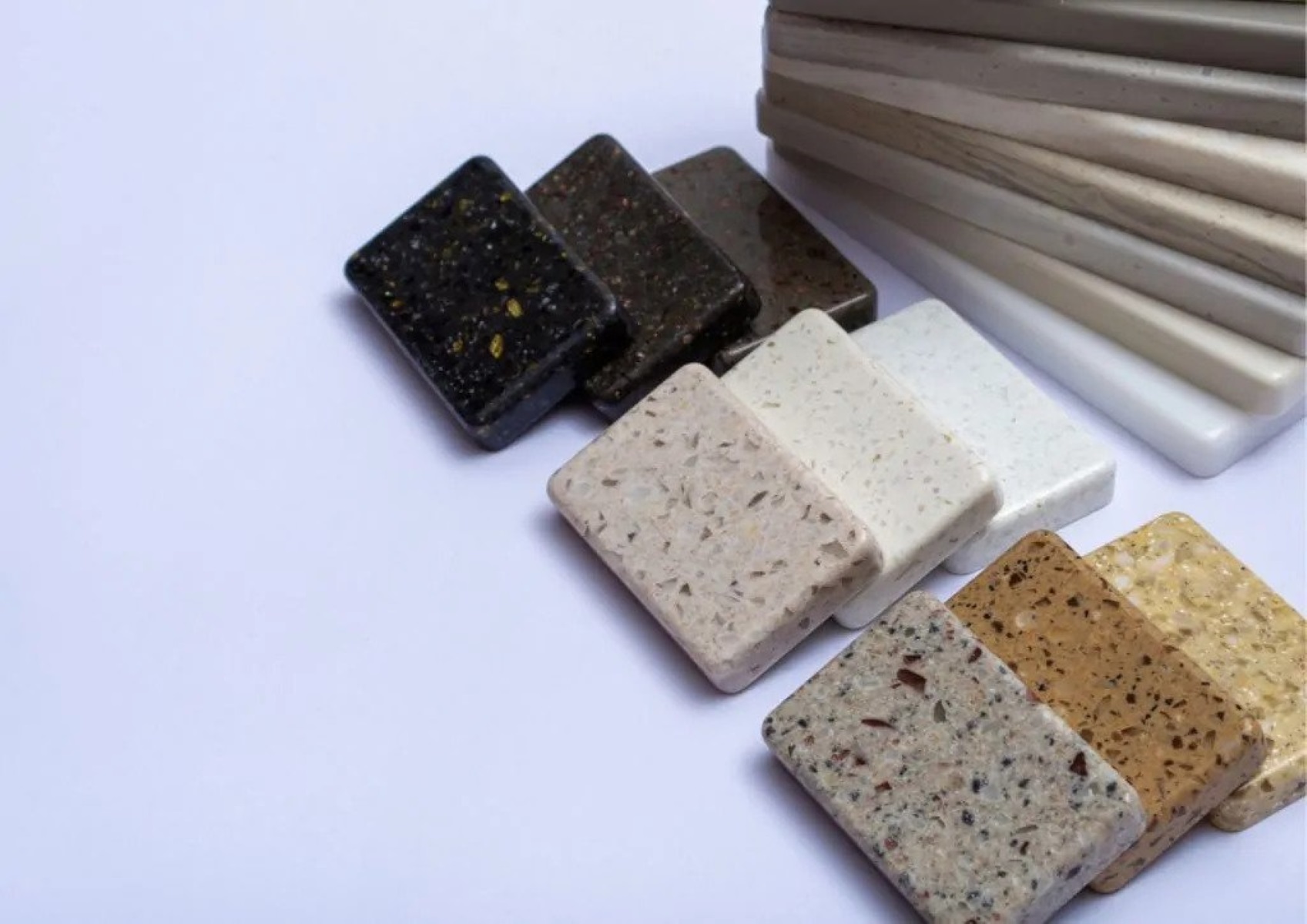
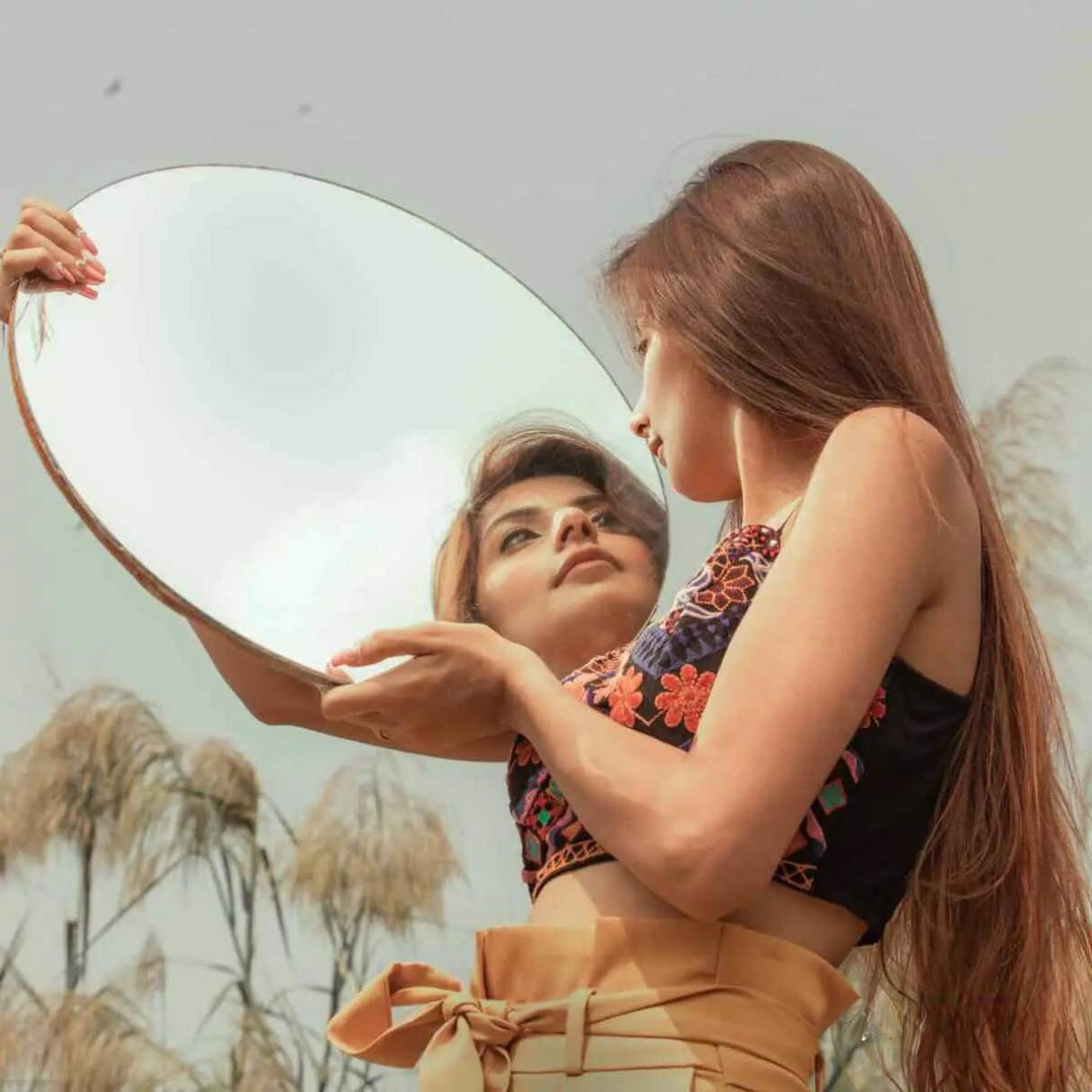
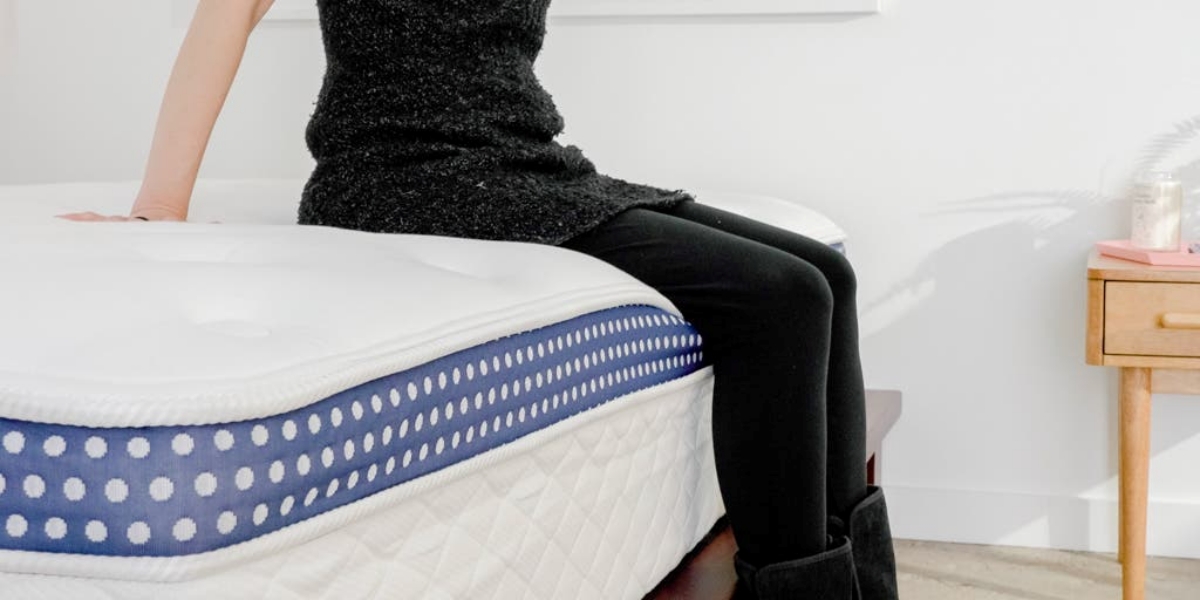
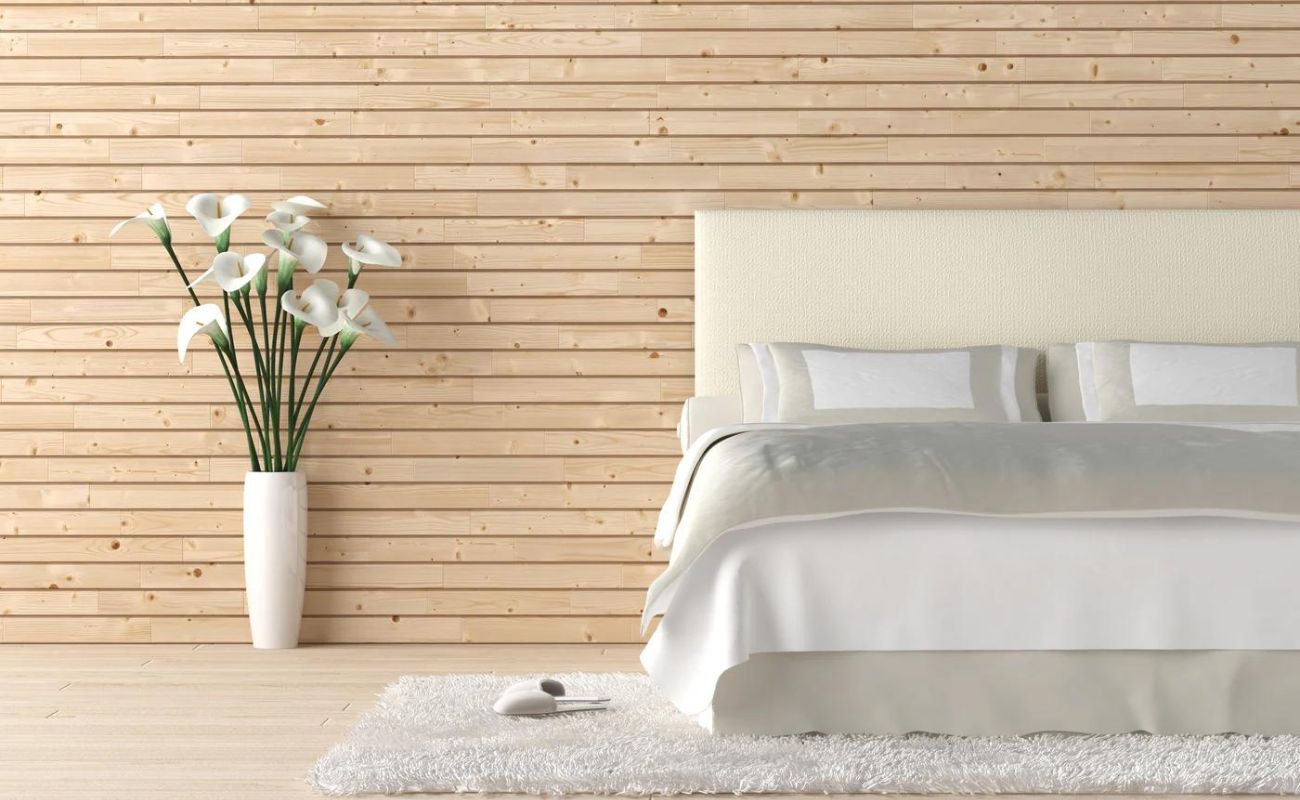

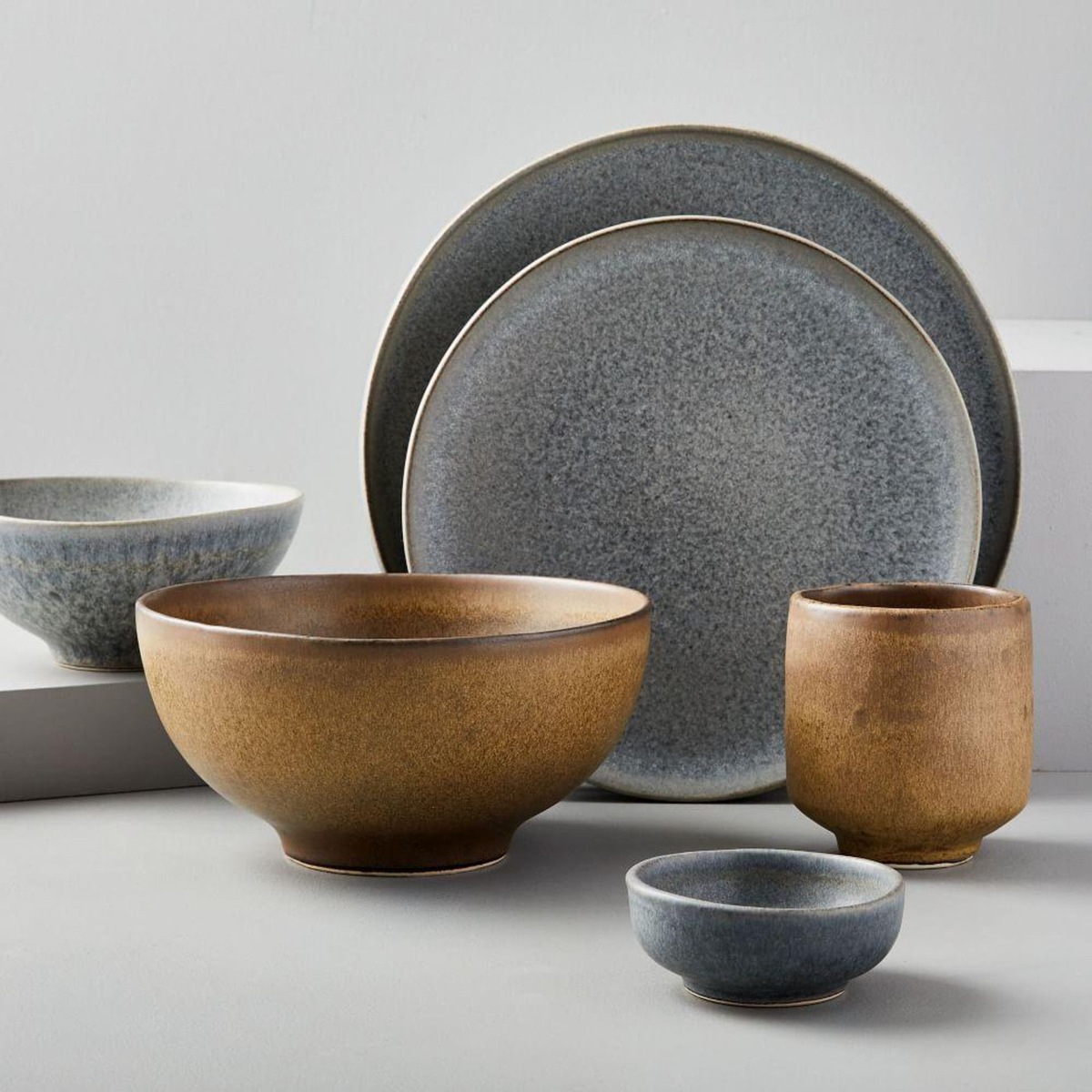
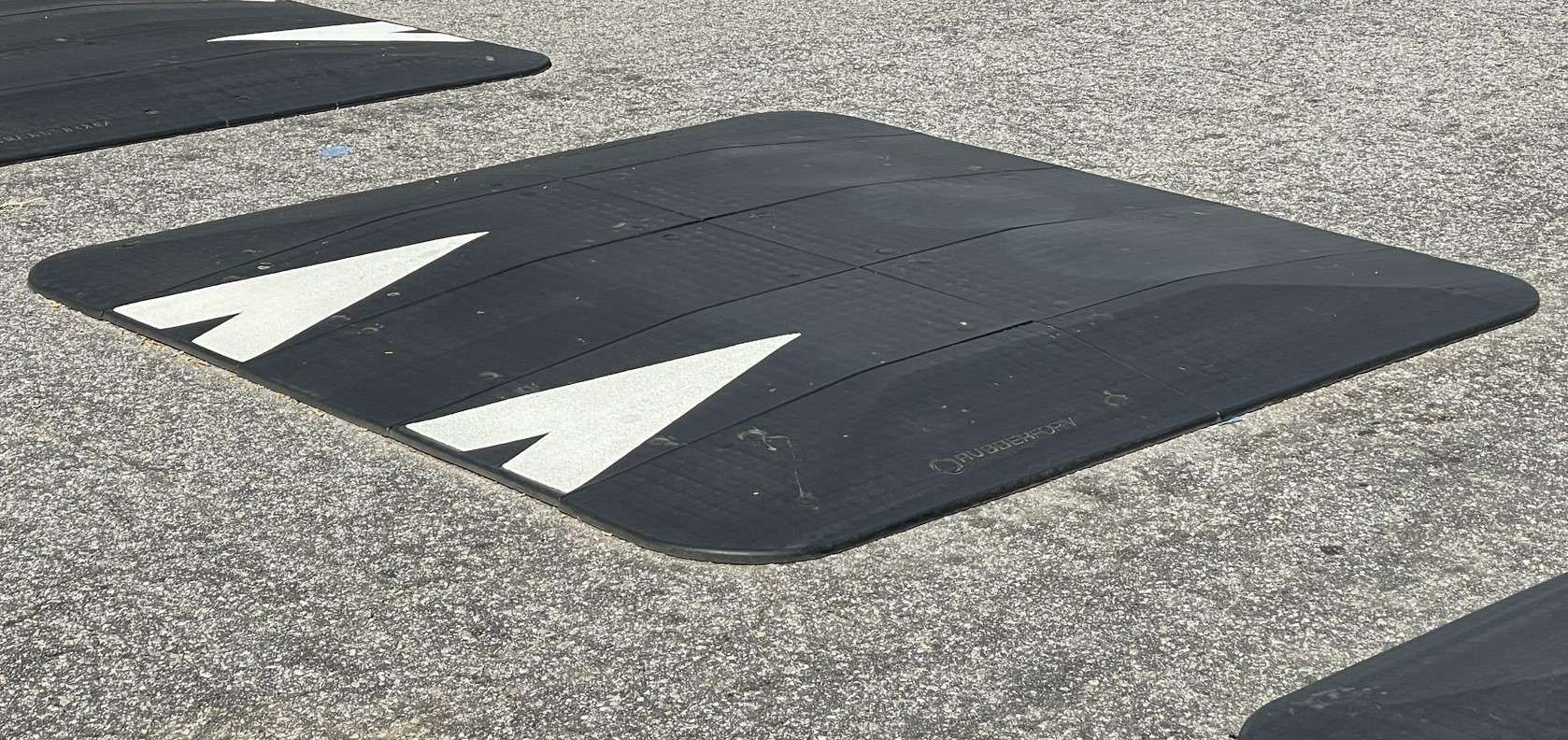
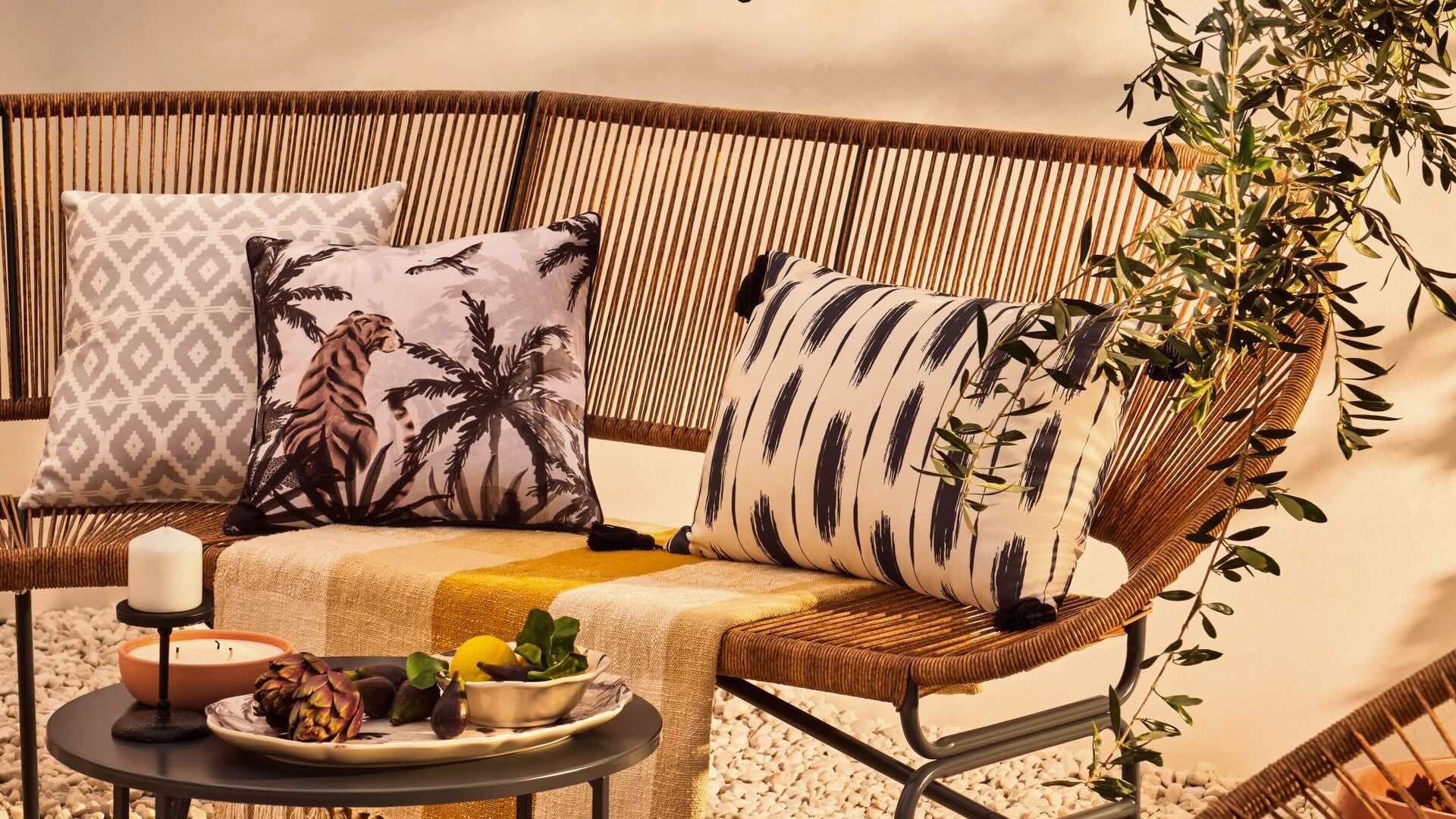
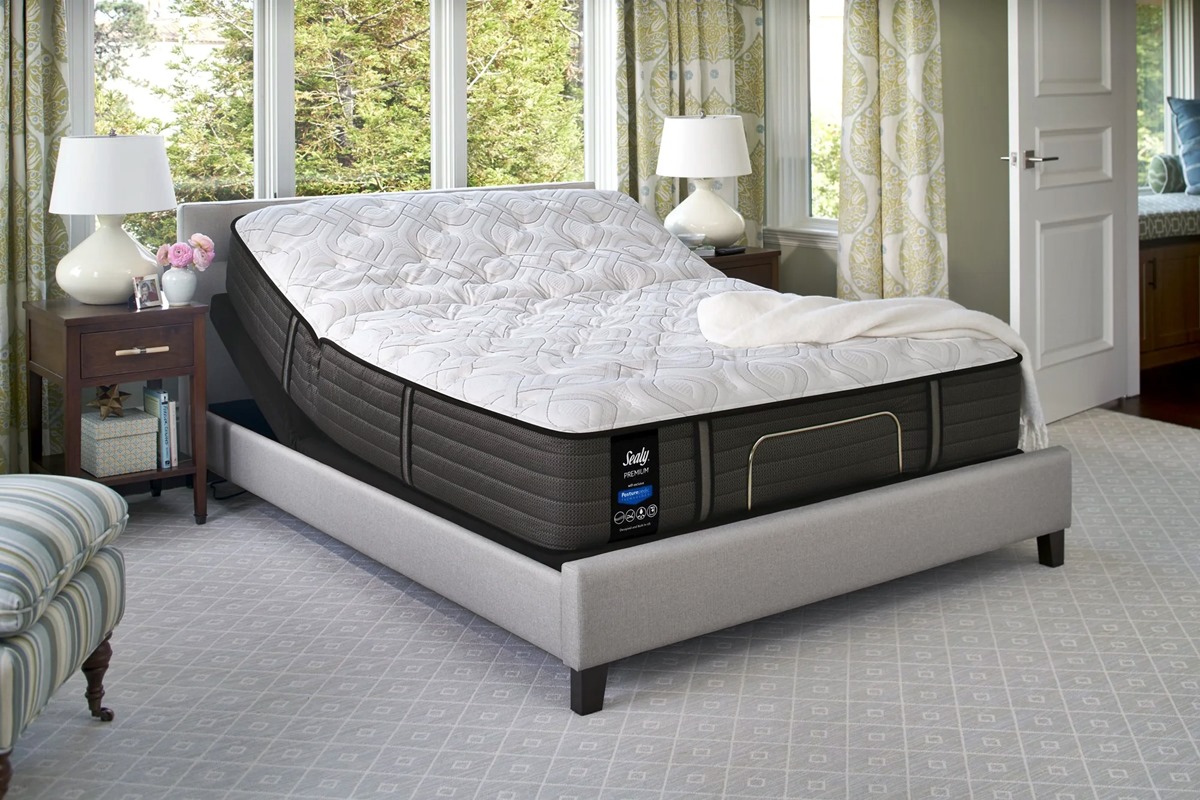
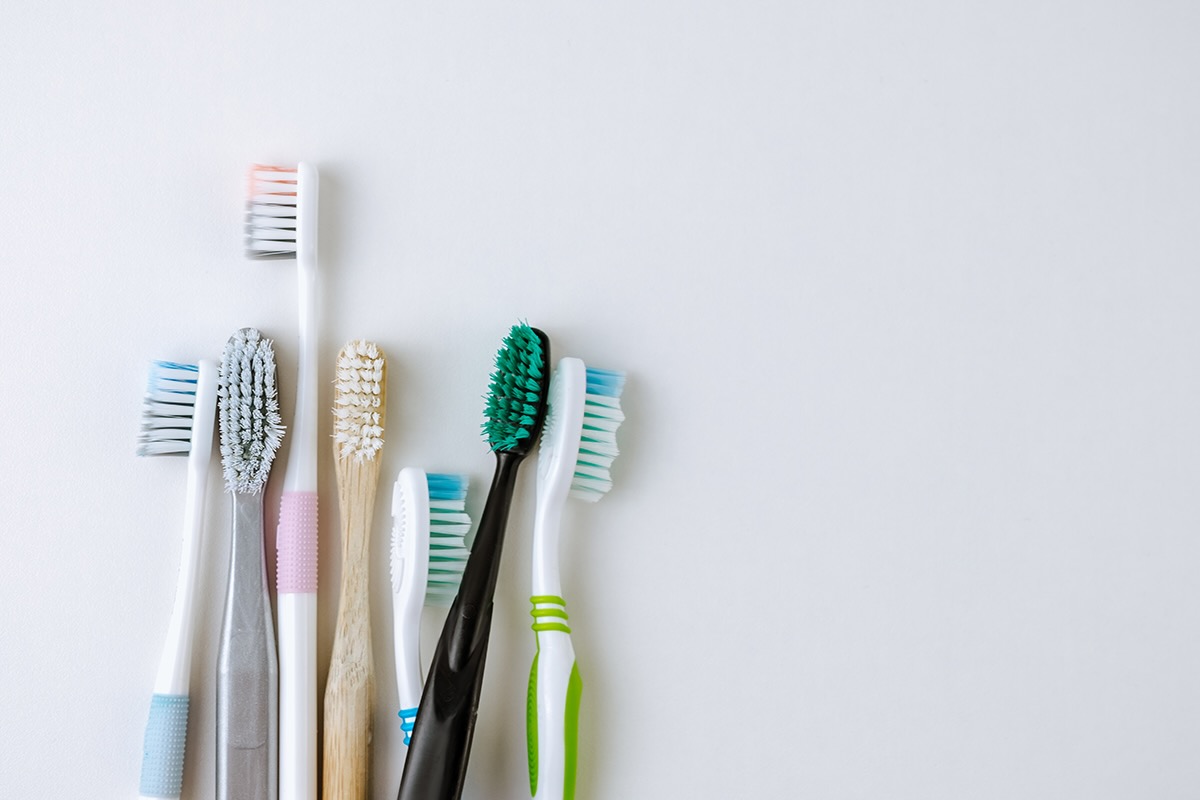

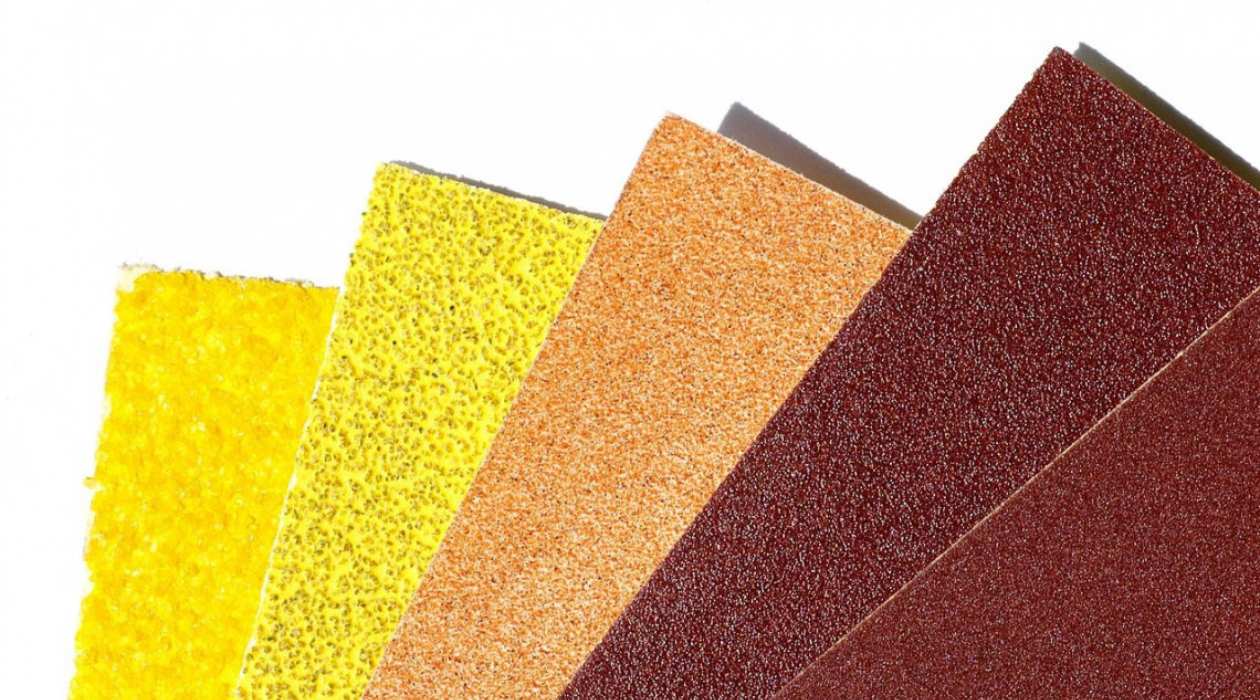


0 thoughts on “What Are The Most Healthy Meditation Cushions”